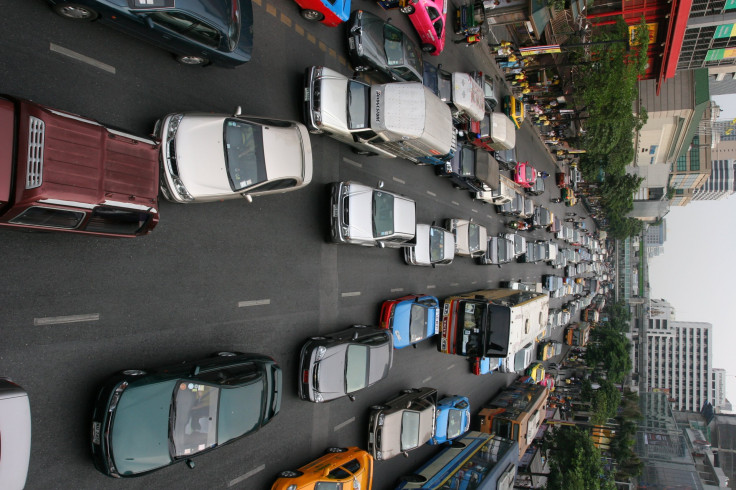Early Exposure To Traffic Pollution May Cause Hyperactivity Disorder

Exposure to traffic-related pollution early in life may cause higher incidence of hyperactivity disorder, researchers from Cincinnati reported Tuesday.
The research was published in Environmental Health Perspectives, a peer-reviewed journal of the U.S. National Institute of Environmental Health Sciences, by investigators from the University of Cincinnati and Cincinnati Children's Hospital Medical Center.
"There is increasing concern about the potential effects of traffic-related air pollution on the developing brain," Nicholas Newman, director of the pediatric environmental health and lead clinic at Cincinnati Children's, told media. "This impact is not fully understood due to limited epidemiological studies."
Researchers believe that early exposure in life to a variety of toxins contribute to later development of ailments, including hyperactivity disorder.
"To our knowledge, this is the largest prospective cohort with the longest follow-up investigating early life exposure to traffic-related air pollution and neurobehavioral outcomes at school age," Newman said.
The research team collected data on air pollution from traffic from the Cincinnati Childhood Allergy and Air Pollution Study, a long-term epidemiological examination of traffic pollution on childhood respiratory health funded by the National Institute of Environmental Health Sciences. Investigators selected newborns for the study based on family history and residential proximity to major roadways or bus routes.
The children were followed from birth to age 7, when parents completed the Behavioral Assessment System for Children, 2nd Edition, which assesses symptoms of attention deficit hyperactivity disorder and those relating to attention problems, aggression, and behavioral problems. Of 762 children in the study, 576 remained in the study until completion.
By age 7, children exposed to the highest levels of traffic-related pollution during their first year of life were more likely to be "at risk" of hyperactivity disorder, requiring careful monitoring to asses later development of the ailment.
"Several biological mechanisms could explain the association between hyperactive behaviors and traffic-related air pollution," Newman said, including constriction of blood vessels and toxicity in the brain's frontal cortex.
Moreover, greater exposure to air pollution from traffic was linked to a significant increase in hyperactivity only among those children with better educated mothers. Newman speculated that mothers with higher educations might expect higher achievement, making them more likely than others to report behavioral concerns.
"The observed association between traffic-related air pollution and hyperactivity may have far-reaching implications for public health," Newman said. "Traffic-related air pollution is one of many factors associated with changes in neurodevelopment, but it is one that is potentially preventable."
In the United States, 11 percent of the population lives within 100 yards of a four-lane highway while 40 percent of children attend school within 400 yards of a major roadway.



























